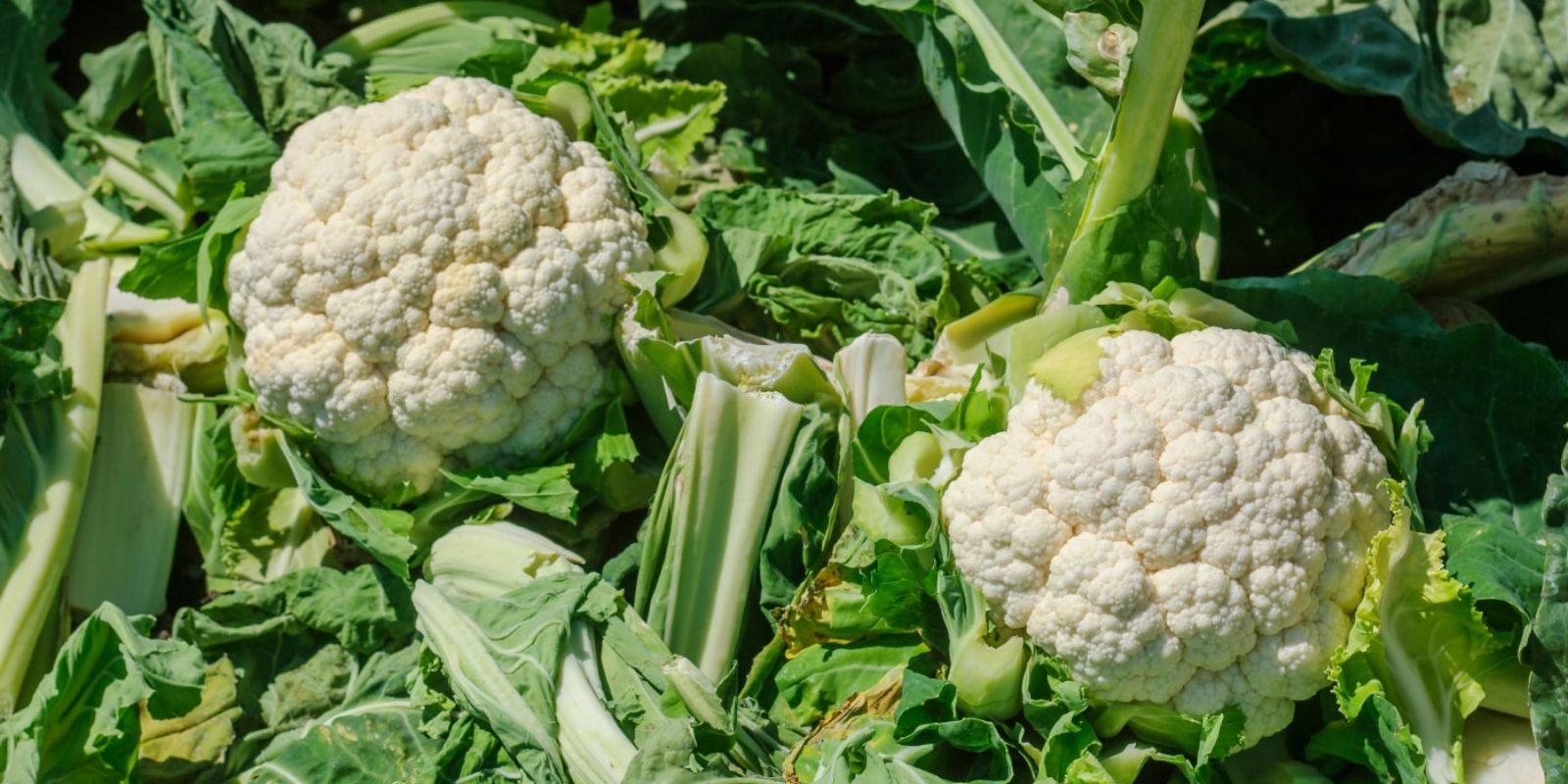Introduction
Imagine transforming a single cauliflower head from your kitchen into a thriving new plant. Growing a cauliflower tree from an existing cauliflower is not only a fascinating gardening project but also a practical way to recycle kitchen scraps and enjoy fresh, home-grown vegetables. This guide will walk you through the process of cultivating a cauliflower tree, offering detailed steps and helpful tips to ensure your success.
Understanding Cauliflower Growth
Before diving into the process, it’s essential to understand how cauliflower grows. Cauliflower is a cool-season vegetable that forms a dense, edible head made up of tightly packed flower buds. Typically grown as an annual, cauliflower is harvested for its head and is not usually grown from scraps. However, you can coax new growth from the base of a cauliflower head, turning it into a new plant.
Step-by-Step Guide
- Selecting the Right Cauliflower
- Choose a Fresh Cauliflower: Start with a healthy, firm cauliflower head. The fresher the cauliflower, the better the results. Look for a cauliflower with a vibrant color and no signs of wilting or decay.
- Preparing the Cauliflower
- Cut the Base: Using a sharp knife, trim the cauliflower head from the stem, leaving about an inch of the stem attached. This part of the stem will be used to grow the new plant, so ensure it remains intact and healthy.
- Starting the Regrowth Process
- Prepare the Water: Fill a shallow dish with water. The dish should be large enough to hold the cauliflower base upright without it floating. Place the cauliflower base stem-down in the water, ensuring that only the stem is submerged. The head should remain above the waterline.
- Choose the Right Location: Place the dish in a sunny location where it will receive indirect light. A south-facing windowsill or a bright countertop works well. Ensure the area is warm, as cauliflowers prefer temperatures between 60-70°F (15-21°C).
- Maintaining the Regrowth Environment
- Change the Water Regularly: To prevent stagnation and mold growth, change the water every few days. Keep an eye on the water level and top it up as needed to ensure the stem remains submerged.
- Watch for New Growth: Within a couple of weeks, you should notice new shoots or leaves emerging from the base of the cauliflower. This indicates that the plant is starting to regrow. Be patient, as this process can take some time.
- Transplanting the New Plant
- Prepare the Soil: Once the new shoots have grown to a few inches in height, it’s time to transplant them into soil. Choose a well-draining garden bed or container with rich, loamy soil. If planting in a container, select one that is at least 6-8 inches deep.
- Transplanting: Gently remove the cauliflower base from the water and plant it in the prepared soil. Ensure that the base is planted at the same depth it was in the water. Space the plant adequately to allow for future growth.
- Caring for Your Cauliflower Plant
- Watering: Water the newly planted cauliflower regularly to keep the soil consistently moist but not waterlogged. Cauliflowers prefer moist soil, especially during the initial stages of growth.
- Providing Sunlight: Ensure the plant receives at least 6 hours of indirect sunlight daily. If growing indoors, consider using a grow light to supplement natural light.
- Fertilizing: Feed the cauliflower plant with a balanced, water-soluble fertilizer every 4-6 weeks to support healthy growth. Follow the manufacturer’s instructions for application rates.
- Pest and Disease Management: Keep an eye out for common pests such as aphids and cabbage worms. Inspect the plant regularly for signs of disease and take appropriate measures to control any issues.
Harvesting and Enjoying Your Cauliflower
Once the plant matures, it will begin to form a new cauliflower head. The timing of the harvest will depend on the variety and growing conditions. Typically, the head will be ready to harvest when it reaches a desirable size and is firm to the touch.
Conclusion
Growing a cauliflower tree from an existing cauliflower is an enjoyable and rewarding gardening project that offers both educational and practical benefits. By following the steps outlined in this guide, you can successfully regrow a cauliflower plant from kitchen scraps and enjoy the satisfaction of harvesting your own home-grown vegetables.
Call to Action
Ready to transform your kitchen scraps into a thriving garden? Try growing a cauliflower tree today and share your progress with us! Have any tips or experiences to add? Drop a comment below and join the conversation on this exciting gardening journey. 🌱🥦

